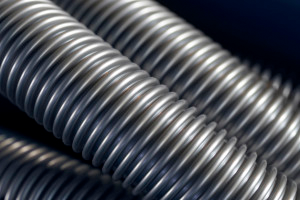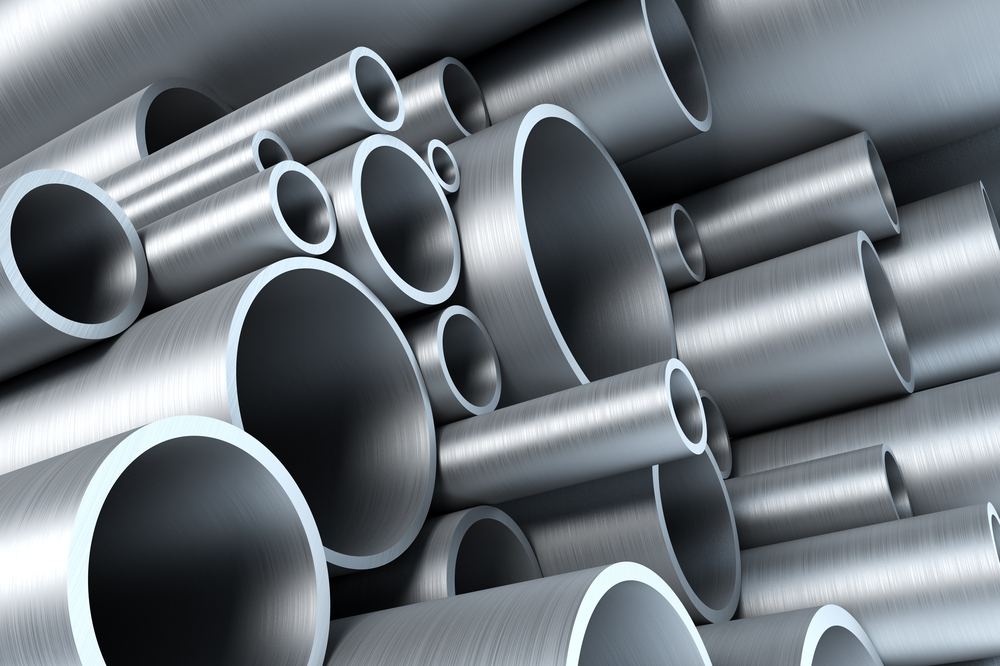 The tube; yes the tube, whether we know it or not, is an integral part of human life as we know it. Tubing is everywhere: it quenches our thirst by delivering cool liquids through a straw, it transport critical medicine to sick patients via an IV, and it protects our homes and families from potential harm by covering our electrical wires. Because tubing is such an essential part of our everyday lives, it is important to know that a company with years of experience and a reputation for quality products is manufacturing the tubing that supports our daily lives. Plastic Extrusion Technologies has been a forerunner in the plastics industry for one hundred years, has over a decade of experience in tubing extrusions, and provides the quality tubing many Americans trust today.
The tube; yes the tube, whether we know it or not, is an integral part of human life as we know it. Tubing is everywhere: it quenches our thirst by delivering cool liquids through a straw, it transport critical medicine to sick patients via an IV, and it protects our homes and families from potential harm by covering our electrical wires. Because tubing is such an essential part of our everyday lives, it is important to know that a company with years of experience and a reputation for quality products is manufacturing the tubing that supports our daily lives. Plastic Extrusion Technologies has been a forerunner in the plastics industry for one hundred years, has over a decade of experience in tubing extrusions, and provides the quality tubing many Americans trust today.
What are Tubing Extrusions?
Plastic extrusion in general is an extensive manufacturing process that melts untainted plastic materials and forms a continuous profile used for various applications and industries.
Tubing extrusions is a specialized process similar to typical extrusions but different enough to produce a completely innovative product used in everyday life. The process begins by gravity feeding small beads, made of the requested material, into the hopper which directs the materials into the barrel of the extruder machine. In the barrel of the extruder machine, the plastic beads come in contact with a long rotating metal screw within the barrel. This screw forces the plastic materials forward in the barrel of the extruder which continually increases in heat (392 °F to 527 °F) as the plastic beads move from one end of the extruder to the other. Once through the main barrel, the melted plastic then is forced through a screen pack reinforced by a thick metal plate with many holes to remove any contaminates in the melted plastic. The melted plastic then passes through the die which gives the melted plastic its new shape and profile. For tubing extrusions, a pin is placed within the die to create the hollow section of the tube, manufacturing the product used so often today.
Why Plastic Extrusion Technologies?
While the process of tubing extrusions may sound as simple as turning on an extruding machine, it is far from the truth. The management and understanding of the extruding machine as well as the additional processes after the creation of the initial profile are key and essential to a flawless product and a satisfied customer.
– Heating
The temperature of the barrel in the extruding machine is critical to a finished product because it ensures finished products do not deteriorate easily from their specific application. An experienced individual is required for this process because each plastic material needs to be melted at a given temperature and the slightest temperature difference can cause a flawed product.
– Uneven Flow
The construction of each die must be done with incredible precision or this will cause the finished product to form unevenly. This unevenness creates hazardous stress point and can cause the plastic to warp during the cooling process both of which produce an unsafe and undesirable final product.
– Cooling
After the initial profile is created, tubing extrusions are cooled in a vacuum controlled water bath. If done incorrectly, the tube could easily collapse right then or worse soon after being implemented for a certain application.
Plastic tubing extrusions is a very delicate process that determines the quality, usefulness, and safety of a product used by thousands of people for thousands of different applications. Thankfully, you can trust our team of professionals here at Plastic Extrusion Technologies due to our years of experience, our strict standards, our state of the art equipment, and our second to none customer satisfaction. Call or contact our team of experts and experience a precise, flawless product that meets your exact specifications all the time; every time.

